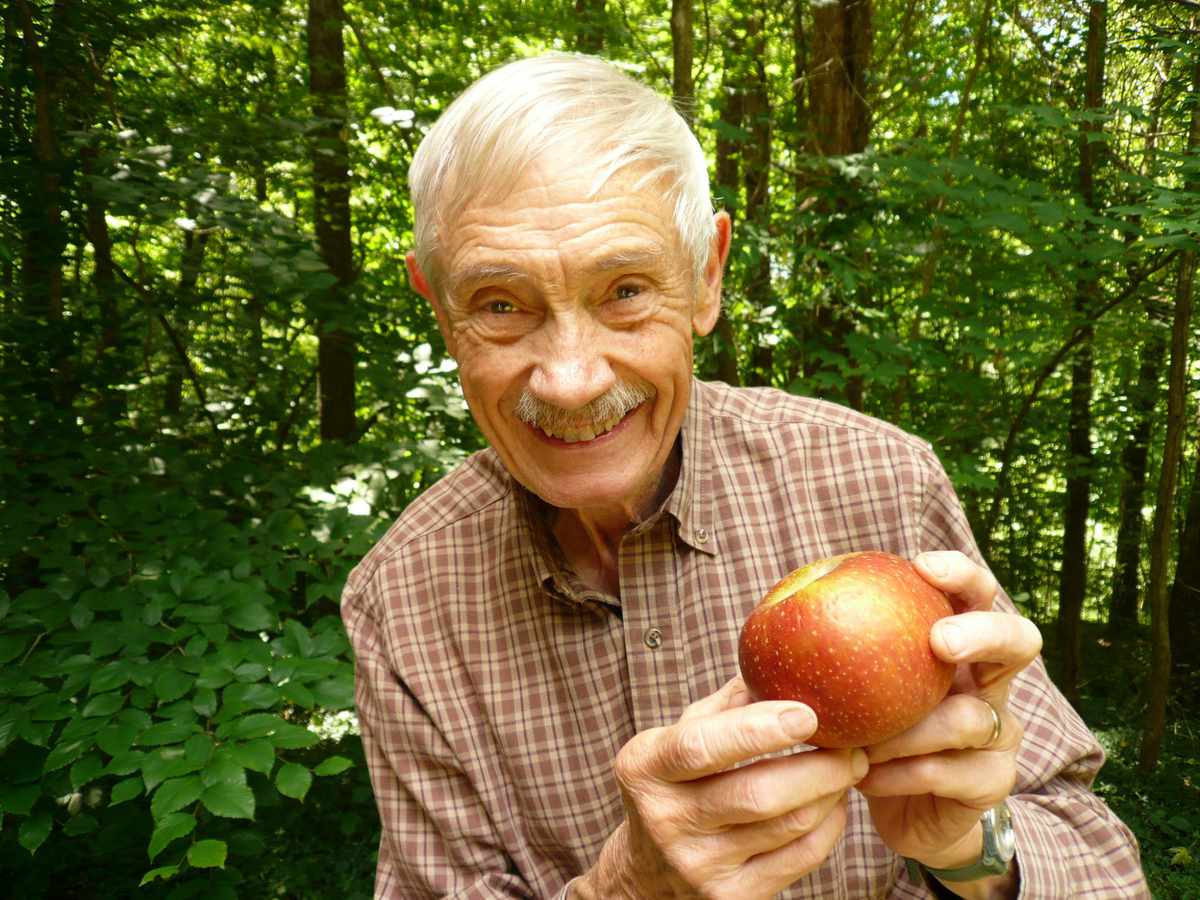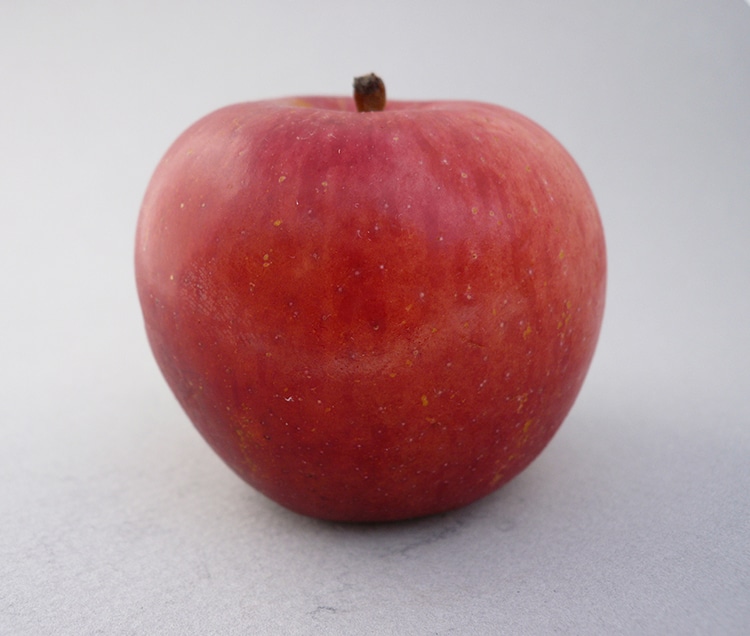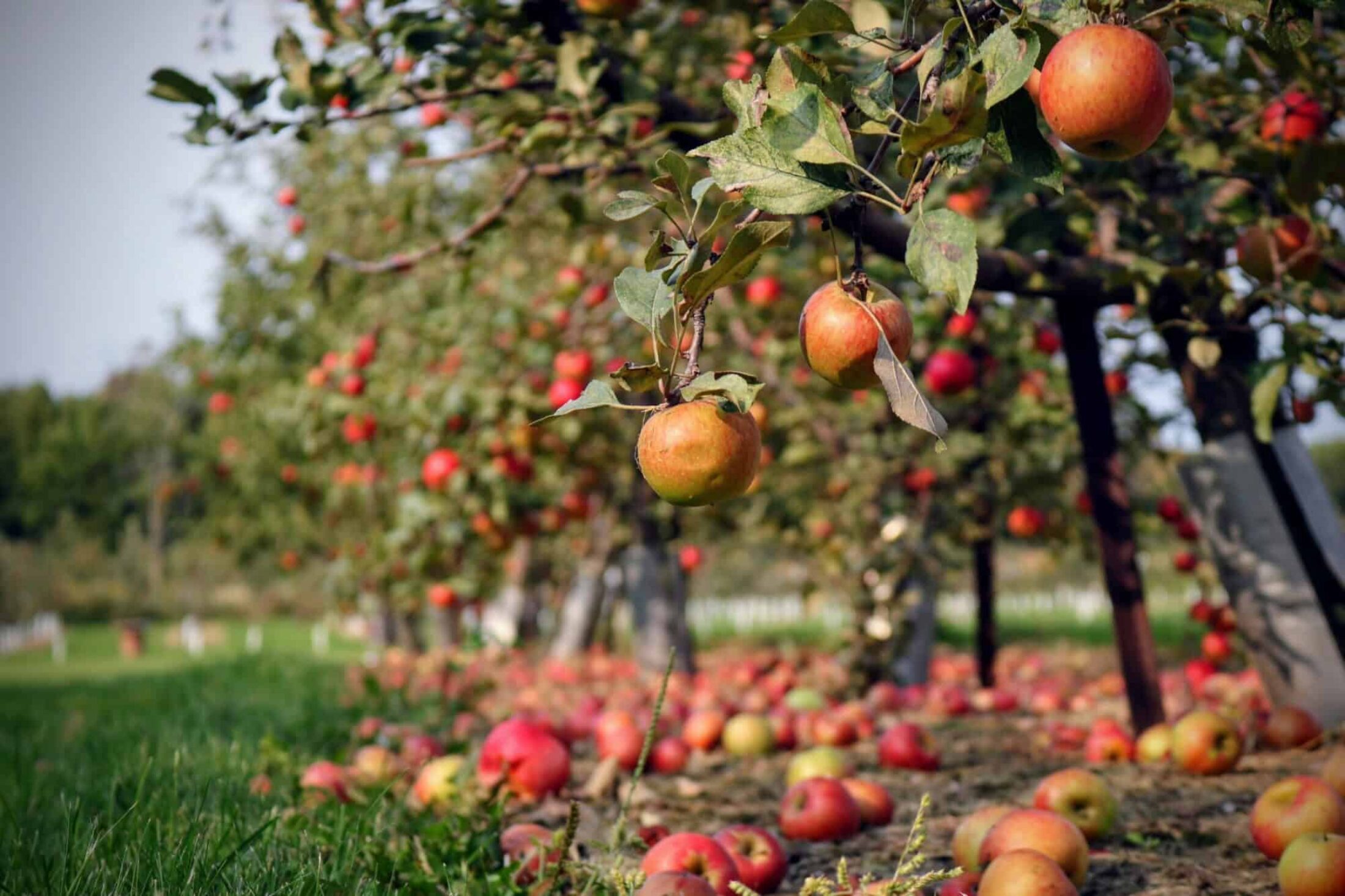Tom Brown, a former engineer, has made it his duty to rescue many apple types from extermination. Brown has thus far rescued 1,200 different sorts of apples. Brown’s investigation has taken him through historical orchard maps, fruit farmer trade bulletins, and orchards catalogs in search of documentation of vanished kinds. “One so-called expert advised me I should only be looking for very exceptional types,” he told the news. “However, they’re all extremely important to me.” They all had their purposes years ago, whether it was for cider, canning or making jelly, or pet food. It’s exciting to find them and to realize I’m doing something different.”

Brown’s adventure begins in 1998, when he came discovered, a kiosk selling heirloom apples at a farmers’ market. He began his hunt for ‘lost’ apples after marveling at their distinct flavors and textures. At the time of the revolution, the Appalachian cultural area, which stretched from southern New York state to northern Alabama, was home to over 14,000 orchard-grown cultivars. Nevertheless, by the late 1990s, commercial orchards in the United States were only cultivating about 100 distinct species. Regrettably, the passage of time transforms Brown’s trip into a genuine race against time. “Apple trees don’t survive very long,” he added. “And the ones that assist me in finding them are usually in their 80s or 90s.” Since I began doing this, a whole generation of them has died. There are still some to be found, but it’s becoming more difficult.” In the meanwhile, he’s unstoppable. “It’s a lot of fun, and it maintains me young,” he says. “I’m as delighted as a daisy.”

Brown also launched the website “Apple Search” in order to find these forgotten elements of culinary history. He spends a lot of time traveling throughout Appalachia, going door to door and preaching about apples. Brown may sometimes go off in quest of an old orchard recorded in historical documents. Many times, he pursues word of mouth as individuals talk about apple trees they remember from their childhood. Many of the folks that offer him existing tree places are in their 80s or 90s.

Brown collects clippings from trees he discovers, whether in someone’s garden or somewhere in an untamed orchard. He connects leaf and tree traits to entries in historical orchard records, witness statements, and botanists’ observations. He returns to the trees when they yield fruit, comparing the apples to his notes. He also sends specimens to locals who recall experiencing the historical species in question to get their feedback. Brown discusses his job as an investigator. While tracking down these plants may appear to be an endless process, Brown tells “It is wonderful to me to be able to seek for uncommon apple kinds knowing that I am helping preserve our country’s agricultural legacy.” If I am unable to locate an apple of interest, I do not conclude that it does not exist; rather, I believe that I am not searching as extensively and meticulously as possible.”


